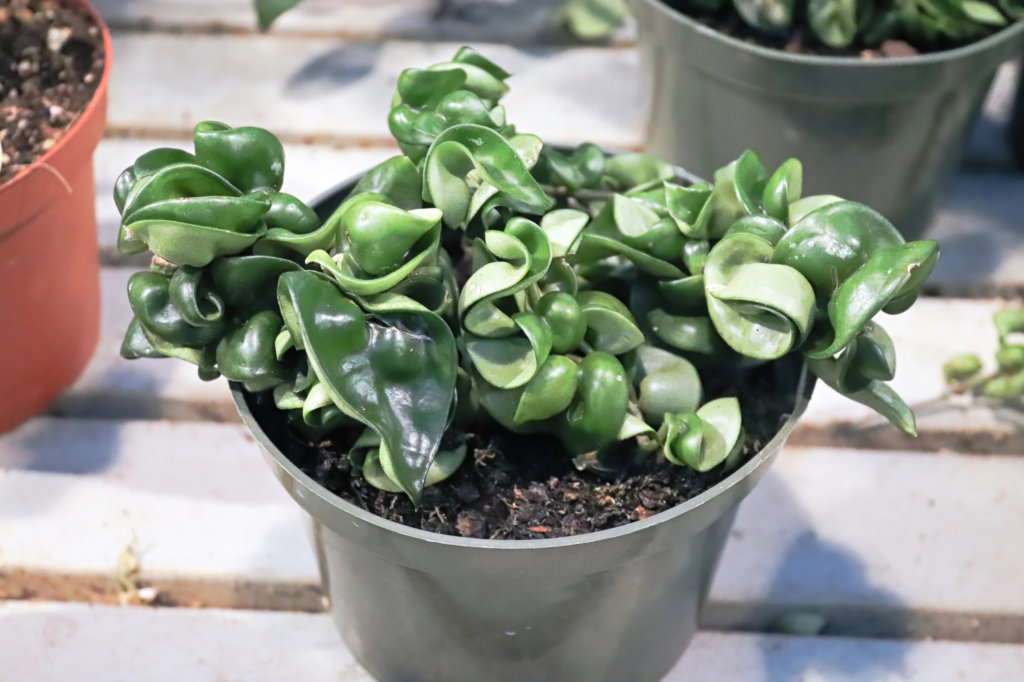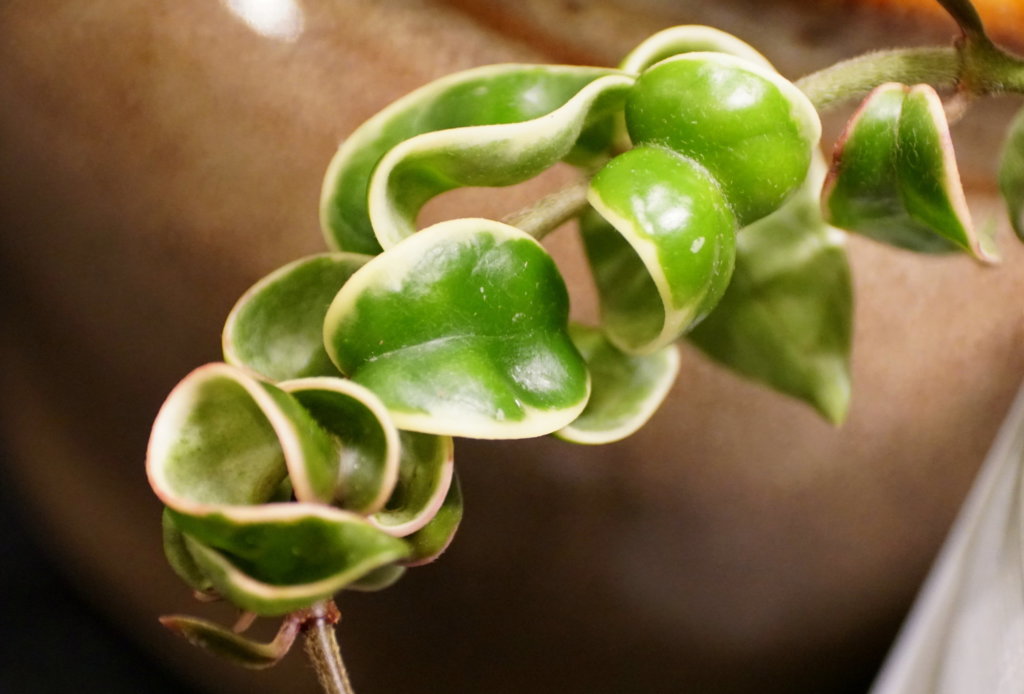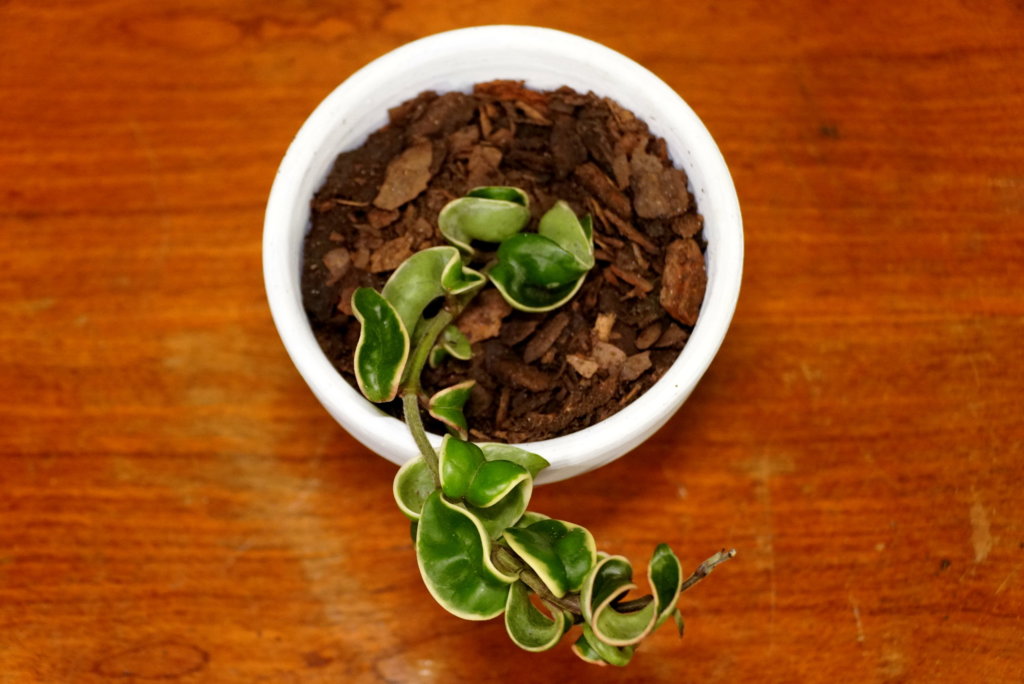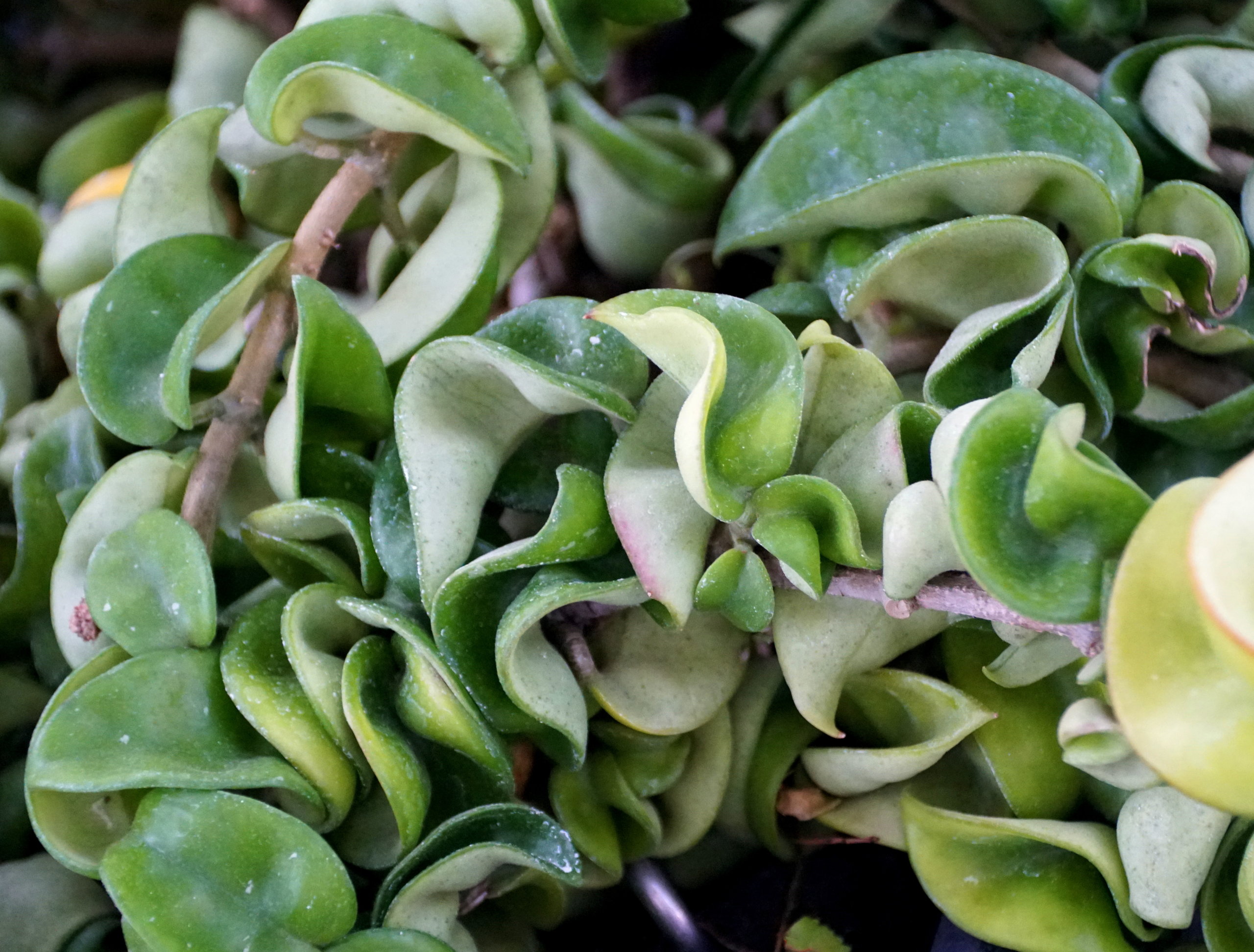Hindu Hoya Rope Plant Care
If you want a houseplant that stands out with unique, curly leaves and occasional clusters of waxy, star-shaped pink flowers, the Hindu rope plant (also called Hoya compacta, Hoya carnosa compacta, Indian rope, krinkle kurl, angel rope, wax plant, or porcelain flower) is a great choice. This semi-succulent evergreen is popular for its twisted vines and is known for being easy to grow indoors.
To keep your Hindu rope plant thriving, provide it with bright, indirect light and let the soil dry out halfway before watering again. These houseplants can adapt to different indoor conditions and may help purify the air, making them a good fit for your space. With proper care, you’ll enjoy a striking, low-maintenance plant that brings character and charm to your home.
Ideal Growing Conditions for Hindu Rope Hoya
Bright, indirect sunlight, proper humidity, and well-draining soil are key for healthy growth. If you meet these needs, your Hindu Rope Hoya can thrive with less risk of problems.
Light and Sunlight Requirements
This plant grows best in bright, indirect sunlight. Place your Hoya near an east or west facing window where it gets plenty of light without harsh midday sun. Direct sunlight can scorch the thick, succulent leaves, leaving them discolored or damaged.
If you only have a spot with low to medium light, the plant will survive, but it may grow more slowly and flower less often. To boost growth and chances of blooming, you can use a sheer curtain to soften bright rays, especially in the afternoon. Avoid dark corners and spots far from windows.
Your Hindu Rope Hoya also does well under artificial grow lights for around 12 to 14 hours a day if natural light is not enough.
Humidity and Temperature
Hindu Rope Hoyas are native to East Asia, where humidity tends to be high. Aim for humidity levels around 40-60% for best results. Dry air can cause leaf edges to turn brown or wrinkle. Use a small room humidifier, place a water tray nearby, or group plants together to boost humidity if needed.
For temperature, these plants prefer warmth. Keep them in rooms that stay between 60-80°F (15-27°C). Avoid sudden drops below 50°F (10°C), and do not expose the plant to cold drafts by windows or air vents. Hindu Rope Hoyas are suited to USDA hardiness zones 10-12 and cannot handle frost.
Soil and Potting Medium
Choose a well-draining soil mix to avoid root rot. You can use a combination of regular potting soil with perlite and/or orchid bark. This helps air reach the roots and drains water quickly. Compact or heavy soil is not ideal for this plant.
Hoyas also like to be slightly root-bound, so you do not need to repot often. Make sure the pot has drainage holes at the bottom. Adding some compost to the mix can provide extra nutrients, but avoid soil that stays soggy.
Watering and Fertilization

Hindu rope plants need careful watering and occasional feeding for healthy growth. Too much water or fertilizer can cause root rot or leaf damage, but the right approach helps keep the plant strong.
Proper Watering Techniques
Water your Hindu rope plant when the top inch of the soil feels dry to the touch. These plants do not like to sit in wet soil and are sensitive to overwatering, which can quickly cause root rot.
For best results, use pots with drainage holes. Water thoroughly, letting extra water drain out, then empty the saucer so the roots do not sit in water. If you are unsure, it is safer to wait an extra day rather than risk soggy soil.
During winter or in lower light, cut back on watering since the plant’s growth will slow down. Signs of underwatering include shriveled leaves, while yellow or mushy leaves may mean too much water.
Fertilizer Use and Feeding Schedule
Hindu rope plants are light feeders and do not need heavy fertilization. Use a balanced, water-soluble fertilizer such as 10-10-10 or 20-20-20 every 4-6 weeks during the growing season (spring and summer).
Make sure to dilute the fertilizer to half strength. Too much fertilizer can build up in the soil and harm the roots.
Do not fertilize in fall or winter when the plant is not actively growing. If your plant looks healthy and is growing well, it may need even less feeding. Always avoid letting fertilizer touch the plant’s leaves or stems.
Propagating and Maintaining Hindu Rope Plants

You can grow more Hindu rope plants by taking cuttings from healthy stems. Keeping your plant tidy and shaping it helps control its size and improve the look. Over time, with the right care, your hoya can produce showy clusters of waxy flowers.
How to Propagate Hindu Rope Hoya
Propagating Hoya carnosa ‘compacta’ is usually done from stem cuttings. Look for a healthy stem with several pairs of curled leaves. Cut a 4-6 inch section just below a node.
There are two easy methods to root the cuttings:
- Water Method: Place the cut end in a cup or glass of clean water. Change the water every few days to keep it fresh. Roots usually appear in a few weeks.
- Soil Method: Insert the cut end into moist, well-draining succulent soil. Keep the soil slightly damp but not soggy.
Once roots are healthy and well-developed, transplant your new plant into a pot. Place it in bright, indirect light. Young hoya compacta plants do well in small hanging baskets, allowing room for their trailing growth.
Pruning and Shaping Techniques
Pruning your Hindu rope plant helps keep it healthy and neat. Use clean, sharp scissors or pruning shears.
Cut away any dead, damaged, or yellowing leaves to prevent problems.
If your plant grows long and tangled, trim some stems back to keep the shape you want. You can also prune just above a leaf node. This encourages branching and makes the plant look fuller.
Tips for best results:
- Prune in spring or early summer
- Avoid heavy pruning if you want to see flowers, as blooms often form on older stems
- Remove only what is needed to maintain shape and health
Encouraging Blooming
To see blooms, your hoya needs the right care over time. Flowers appear as waxy clusters, often with a sweet smell. These often grow best on mature plants, particularly those kept in the same pot for several years.
Do not cut off the long, bare spurs (old flower stems), as new flowers usually return to these spots each year. With patience, and by giving your plant stable conditions in a hanging basket or container, you can enjoy its unique flowers in time.
Troubleshooting Common Hindu Rope Plant Problems

Hindu rope plants can face issues like pests or problems with their leaves. It’s important to know how to spot these issues early and use simple but effective solutions to protect your plant.
Recognizing and Treating Pests
Common pests that target Hindu rope plants include mealybugs, aphids, and spider mites. You might notice sticky leaves, white cottony spots, or small bugs moving on the plant. These pests can harm the plant by sucking its sap and causing stunted growth.
To remove most pests, wipe down the leaves with a damp cloth or spray the plant with a mix of water and mild soap. Isolate the plant from others to stop pests from spreading. For stubborn infestations, treat with neem oil or insecticidal soap following the directions on the label.
Mealybugs are often found in leaf joints or under curled leaves. You can dab them with a cotton swab dipped in rubbing alcohol to kill them. If pests remain after home treatments, contacting a local plant doctor or using a stronger commercial insecticide may be necessary.
Regularly check both sides of leaves and stems for early signs of pests. Early detection helps prevent serious damage and keeps your plant healthy.

